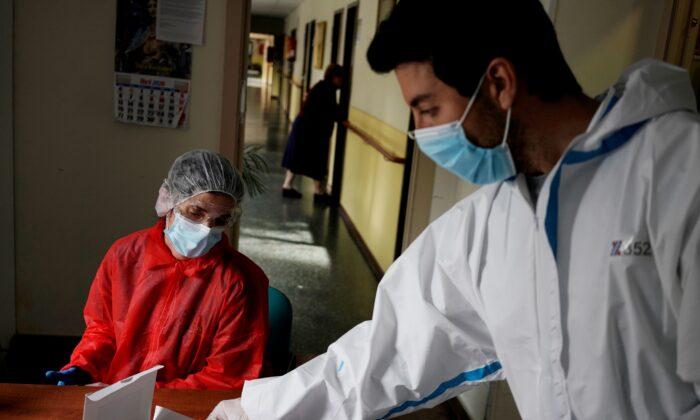On April 24, there were 2,796 new infections confirmed while 3,105 overcame the infection.
In the previous 24-hour period, 367 new deaths were recorded, just a 1.7 percent increase overall, down from 440 the previous day, and the lowest since March 21. This provides some optimism that Spain’s epidemic is past its worst phase.
“With all the effort that we have done, the evolution of the epidemic is obviously beginning to be where it should be,” said Fernando Simón, the ministry’s health emergency center coordinator, “We hope the trend will continue in the future, which will depend mainly on how we all behave as we gradually have fewer restrictions on mobility.”
Health officials from Spain’s 17 regions and the central government were to meet later on Friday with proposals on how to roll back the six-week lockdown. Authorities have said that future steps will be incremental and depend on how regions meet certain health criteria.
According to Cadena SER radio, the government started to outline thresholds on Friday for easing the economically-crippling lockdown from May for regions with the lowest contagion rates and least burdened intensive care units (ICUs).
For restrictions to be lifted, there must be no more than two daily cases per 100,000 people in an area, or COVID-19 patients must occupy no more than half of ICU beds.
The government has already taken some steps to relax the lockdown, such as allowing construction workers back and letting children take walks outside from this weekend, but broader restrictions will not be eased until late May.
Anticipating more people outside, the government started capping prices of protective surgical masks at 0.96 euros ($1.04) a piece, and of disinfecting gels and solutions at 0.015-0.021 Euros per milliliter ($0.47-$0.67 per oz) depending on packaging volume.




